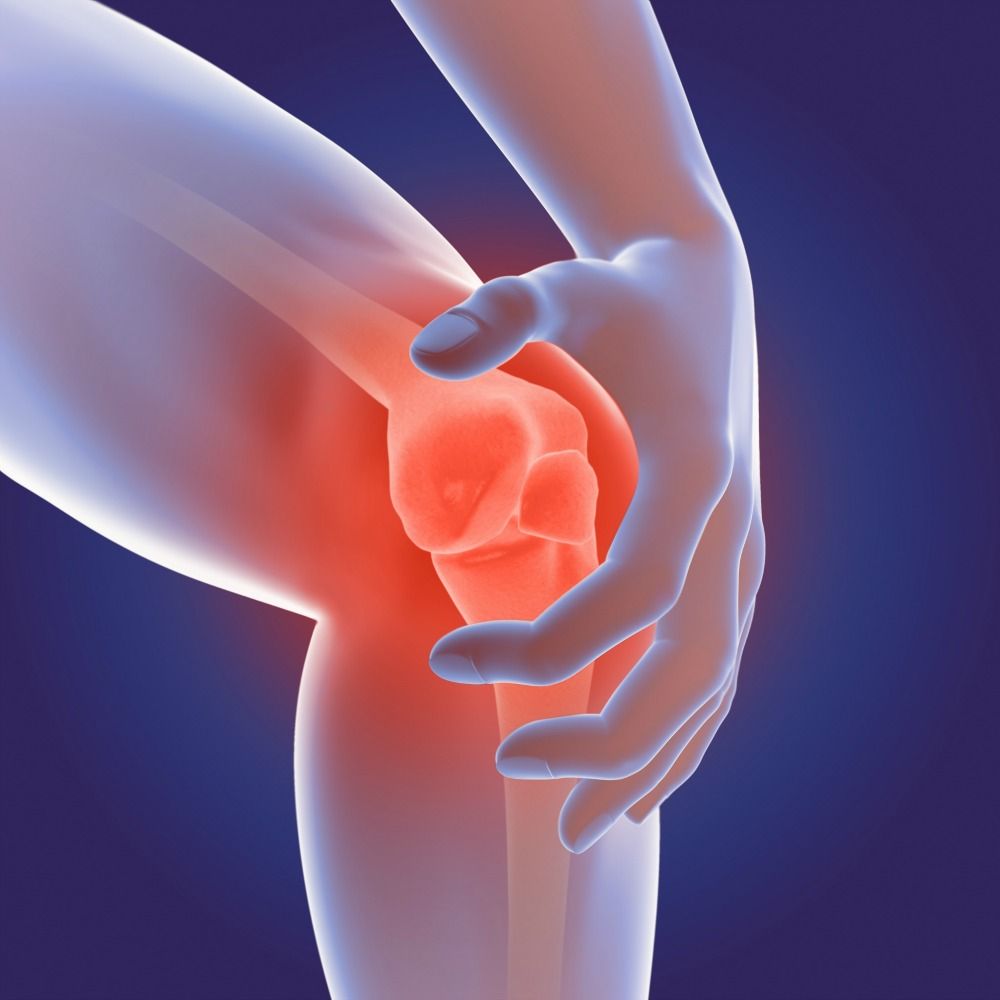Jose Cordeiro is promoting the development of rejuvenation biotechnologies in Spain and the integration of Latin American immigrants into Spain’s aging society to maintain the country’s productivity. He was at the recent Undoing aging conference in Berlin and gave us an interview about his political goals.
At Undoing Aging 2019, jointly organized by SENS Research Foundation and Forever Healthy Foundation, there was a session focused on the ways to make healthy life extension and medical progress a greater part of the global agenda. Among the speakers there was Jose Cordeiro, the vice chair of Humanity Plus, director of The Millennium Project, fellow of the World Academy of Art and Science, and board member of the Lifeboat Foundation.
Jose earned his Bachelor’s and Master’s degrees in Mechanical Engineering at the Massachusetts Institute of Technology (MIT) in Cambridge, Massachusetts. His thesis was focused on the modeling of the International Space Station. Jose has also studied International Economics and Comparative Politics at Georgetown University in Washington, D.C., and received his MBA in France at INSEAD, where he focused on Finance and Globalization.
Last year, Jose decided to begin his political activities in order to foster the development of rejuvenation biotechnologies in Spain and to work on the integration of Latin American immigrants into Spain’s aging society and thus maintain the country’s productivity. He kindly agreed to give me an interview to discuss more about his ambitious initiative.





